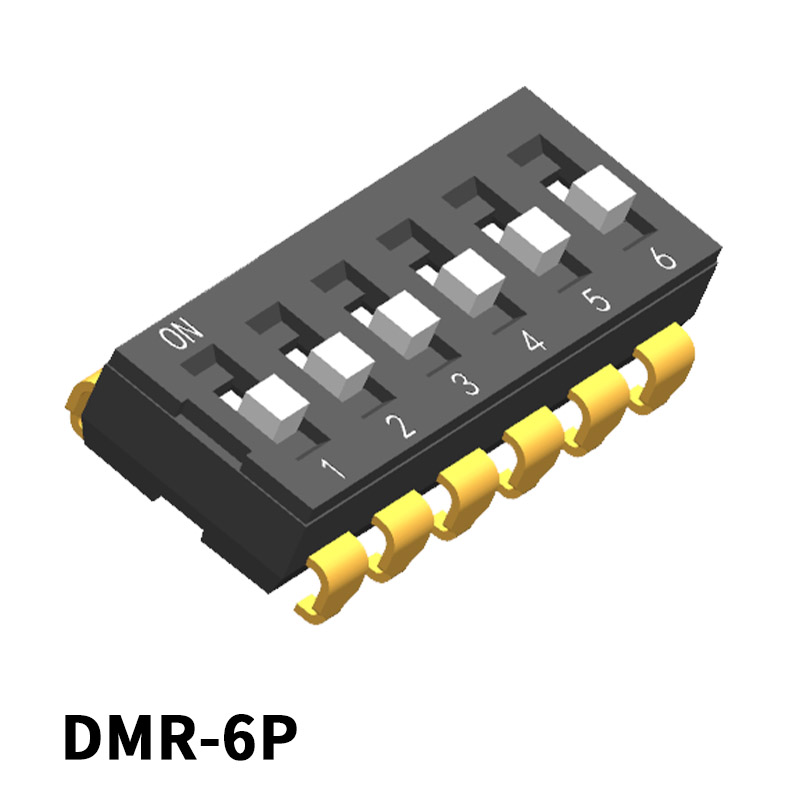Several basic types of switching power supplies
Switching power supplies generally have three working modes: fixed frequency and pulse width mode, fixed frequency and variable pulse width mode, and variable frequency and pulse width mode. The former working mode is mostly used for DC/AC inverter power supply, or DC/DC voltage conversion; the latter two working modes are mostly used for switching regulated power supply. In addition, the output voltage of the switching power supply also has three working modes: direct output voltage mode, average output voltage mode, and amplitude output voltage mode. Similarly, the former working mode is mostly used for DC/AC inverter power supply, or DC/DC voltage conversion; the latter two working modes are mostly used for switching regulated power supply.
According to the way the switching devices are connected in the circuit, the switching power supplies currently widely used by KingTek can be roughly divided into three categories: series switching power supplies, parallel switching power supplies, and transformer switching power supplies. Among them, the transformer switching power supply (hereinafter referred to as the transformer switching power supply) can be further divided into: push-pull, half-bridge, full-bridge, etc.; according to the excitation of the transformer and the phase of the output voltage, it can be divided into: forward , Flyback, single and double excitation, etc.; if it is divided into use, it can be divided into more types.

Working principle of switching power supply
1) Mains power enters the power supply;
2) Converted to high voltage direct current through rectification and filtering
3) Converted to high-frequency low-voltage pulses through the switching circuit and high-frequency switching transformer
4) After rectification and filtering, a low-voltage DC power supply is finally output.
Let's take a more common switching power supply as an example to explain this process.
The main circuit
The whole process from AC grid input and DC output includes:
1. Input filter: its function is to filter the clutter that exists in the power grid, and it also prevents the clutter generated by the machine from being fed back to the public grid.
2. Rectification and filtering: Directly rectify the AC power of the grid into a smoother DC for the next level of transformation.
3. Inverter: Convert the rectified direct current into high-frequency alternating current, which is the core part of the high-frequency switching power supply. The higher the frequency, the smaller the ratio of volume, weight and output power.
4. Output rectification and filtering: Provide a stable and reliable DC power supply according to the needs of the load.
Control circuit
On the one hand, samples are taken from the output terminal and compared with the set standard, and then the inverter is controlled to change its frequency or pulse width to achieve stable output. On the other hand, the DIP switch passes through the protection circuit according to the information provided by the test circuit. Identify and provide a control circuit for various protection measures for the whole machine.
Detection circuit
In addition to providing various parameters in operation in the protection circuit, it also provides various display instrument data.
Auxiliary power
Provides the power supply for all single circuits with different requirements.